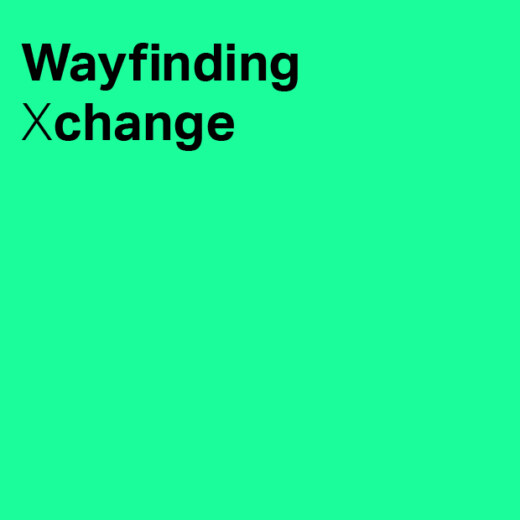Funding, development, and the NT’s mission
For over 15 years, Kathryn has worked in Development at the NT and, until recently was a trustee of the Bush Theatre. Leading the Development department at the NT, Kathryn oversees the private income coming in, including corporate sponsorship, individual memberships, trusts and foundations, legacy income, and major gifts.
For Kathryn and the rest of her team, it’s a huge honour and a privilege to receive financial support from a generous group of companies and individuals. The NT is for everyone, and it welcomes donations of every shape and size. Behind that broad range of giving, there’s an equally wide range of motivations behind each donor’s involvement with the theatre. A popular way to give is the Priority Membership scheme, which brings people closer to the theatre with access to behind the scenes’ information, and priority booking as well as directly supporting the National’s work.
The theatre has to raise a huge amount of money each year and without its donors, it couldn’t do the work that it does. The NT is central London’s largest factory, producing almost everything audiences see across the 20 shows per year that are produced on its three South Bank stages. Over the past decade, the funding model of the NT has changed significantly. Fundraising, led by Kathryn and her team, is now greater than Arts Council funding.
Kathryn strongly believes that the winning formula for arts funding is a mix of private philanthropy, public subsidy, and commercial income. This balanced model helps the NT meet its commercial responsibilities, keep up with audience demand, and create room for risk-taking and innovation. On top of that, it helps facilitate a social mission, working with communities and young people from across the country.
The NT is a charity, and audiences are its beneficiaries. That means the people it responds to are varied. When people donate to the National Theatre, they become part of the NT family.

The NT Together campaign
The donor installation in the NT foyer recognises the most generous supporters of the NT Together campaign that began when the building was closed during the Covid lockdown. This scenario created an existential crisis for theatre – and anybody else in the mass gathering business.
Historically, the NT generated a large proportion of funding from ticket sales, but when that revenue stream disappeared overnight, there was still a substantial cost base to cover, including staff salaries and essential expenditure to maintain the building itself. Fundraising quickly became a vital pillar to ensure the theatres existence. At that point, a variety of scenarios were modelled and, to cover a two-year period, a target was set of £40 million.
It became a matter of survival. The NT – like many other arts organisations – found itself moving into the charity space. So, it reached out to a generous and charitable audience of people who were at home and missing the theatre. From mass giving campaigns involving millions of people, to large donations from a smaller group of philanthropists, the response was overwhelming. That, alongside a loan from the Culture Recovery Fund, saved the NT.
Fundraising goals and retained support
As a result of the trust and willingness shown by supporters during the ‘National Theatre Together’ campaign, the theatre began to feel more confident about asking for unrestricted donations alongside donations to specific causes and productions within its body of work.
Moving forward, there’s no question that the NT needs to retain people’s support. Especially when fundraising goals increase by millions of pounds every year. From the membership program and communication to delivering great experiences, the NT wants donors to feel good about their support. That’s why the entire NT family works hard to understand its donors’ motivations, delivering moments that speak to their priorities.
Whether it’s £100 or £10 million, giving money is an emotional decision that needs to be backed up by assurances that it’s the right thing to do, and that the money will be wisely spent. It’s an investment. For individuals, this philanthropy comes from the heart. For corporate partners, it might be a purely charitable relationship or there might be a marketing element to their involvement. Often, giving to the NT speaks to both aspects.

Getting donor recognition right for the NT
In the past, donor boards were handled in-house. But as the doors re-opened post-pandemic, Kathryn realised she needed to bring in external expertise. Kathryn was nervous about asking a third party to work on the project because the building is full of creative people. The donor board needed to be authentic to the NT and adhere to the strict design rules for the building itself – something Alison discussed with Paul Jozefowski, Head of Building Design and Environmental Sustainability at the NT, in Episode 13.
Donors are people – audience members – who love being part of a creative organisation. They love sitting in the space and watching a story unfold on stage. Endpoint’s design needed to reflect that connection. The Endpoint designers revelled in the challenge of showing reverence for the space, whilst paying respect to the donors themselves.
Due to the restrictions on the fabric of the building – including attaching anything to the walls – it was a difficult brief. Kathryn and her team were both surprised and delighted by Endpoint’s creative efforts to balance innovation with reverence. It was also a real collaboration with the NT’s creatives, looking at lighting design, illumination, and finishes so they could arrive at a point where everybody was happy with it – including key donors.
The NT continues to be ambitious, which means Kathryn and her team need to continuously grow their fundraising efforts in line with the NT’s growing audiences. Their work helps to mitigate the costs of inflation, maintain accessible ticket pricing, and deliver world-class theatre productions for everyone.
To discover more about the National Theatre, visit their website: https://www.nationaltheatre.org.uk/
Our podcast is available on Spotify, Apple Podcast and YouTube. Don't forget to subscribe and rate us!



